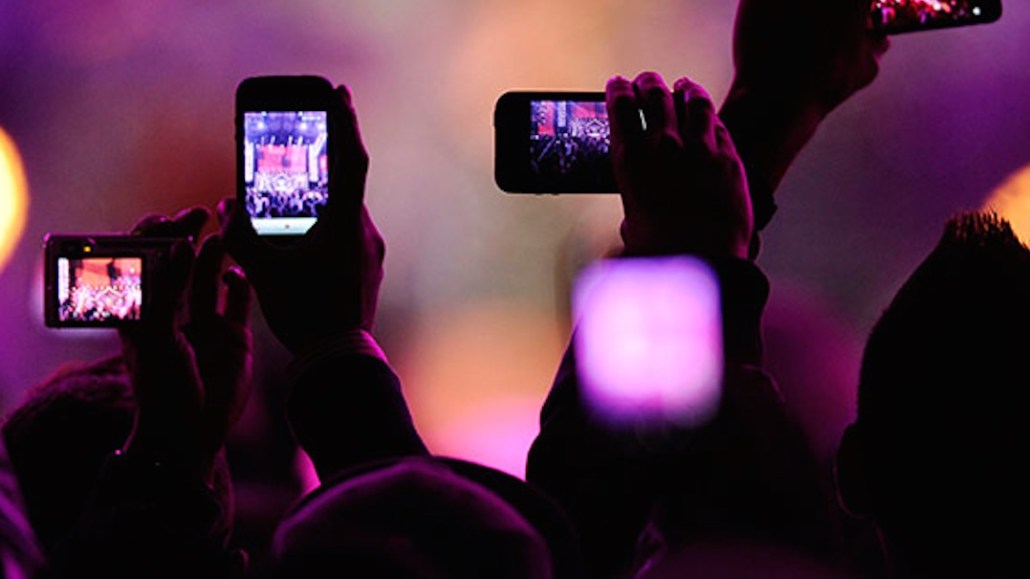
Influencer marketing is growing up, thanks to a deflation of the price bubble that marked its early days, as well as changes on Facebook and Instagram — where most influencer dollars are spent — that make smaller influencers more effective than big reach plays.
The Association of National Advertisers surveyed 158 brands to examine the state of influencer marketing, finding that 75 percent use influencer marketing. Of those that use it, almost half (43 percent) are planning to increase budgets in the next year. Among the 19 percent that are not using influencers, 46 percent don’t plan to start in the next year.
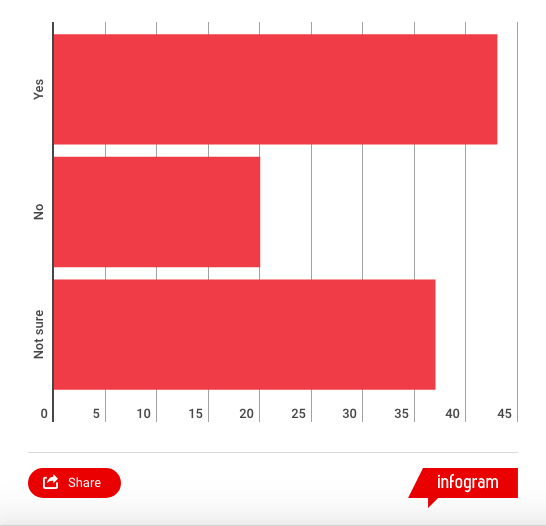
One reason why that 46 percent don’t plan to use influencer marketing: Government issues like Food and Drug Administration restrictions were a factor, the ANA found. Health care brands, specifically, were worried about Health Insurance Portability and Accountability Act regulations. Other issues were concerns about risk and brand-safety issues.
One sea change in influencer marketing has been the growing drive to standardize it. Brands are looking at using self-serve ad tools to find influencers that work for the brand, as well as price and brand-safety screening.
Companies that used to work with hundreds of influencers are also cutting back; about 58 percent of respondents in the ANA survey work with fewer than 25 influencers.
Most respondents use either mid-level or micro-influencers with under 100,000 followers. That marks another change in influencer marketing, which has been seen as a reach play — those with a giant following will give advertisers a lot of reach. Brands are now realizing that engagement matters more, and as platforms like Facebook and Instagram change their algorithms to benefit so-called “quality” content, micro-influencers’ posts are likelier to be treated like friends and family content. At Collectively, for example, co-founder Alexa Tonner said the optics of large followings are simply not what brands want — or should want. The company, which represents hundreds of influencers, said it sees the most success with a creative community of people whose careers hinge on content.
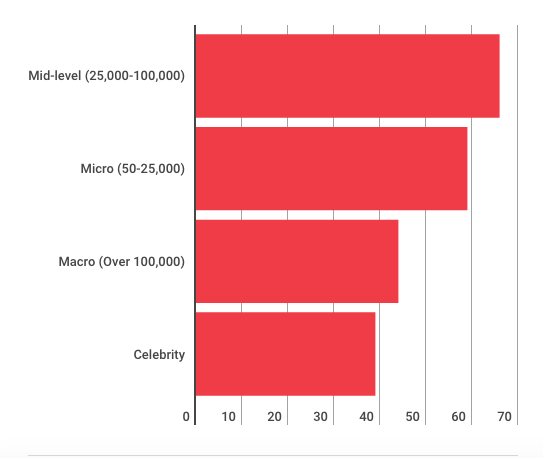
One of the biggest pain points for clients is figuring out how to manage influencer marketing and who should do it. A growing number of companies use self-serve tools created by influencer marketing tech companies to serve up assets directly, with the ANA’s survey finding that 87 percent are using influencer-specific companies. But respondents also said they use internal resources within their in-house marketing teams almost as often as they use external agencies.
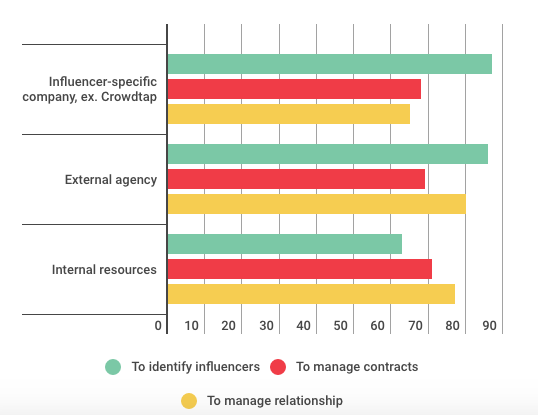
Brands are also bringing influencer marketing in-house. Gil Eyal, CEO of Hypr, previously told Digiday that the No. 1 trend in the industry is in-house influencer marketing teams. For example, L’Oréal Paris UK, which has a robust influencer marketing approach, works directly with influencers, scouting them via its in-house team. One big factor is the move toward longer-term relationships with influencers that extend beyond a single campaign or post. That approach appeals to brands because influencers care more about the brand that way and see the relationship as less transactional.
Influencer marketing is also becoming more complicated in terms of compensation. Brands are creating longer-term, more standardized contracts for these relationships. About 62 percent of brands are paying money to influencers in “brand ambassadorship” agreements, where the influencer talks about the brand in a positive way, according to the ANA survey. About a third are compensating influencers with products instead, while about 30 percent are still paying influencers per post, based on a CPM or cost-per-engagement metric.
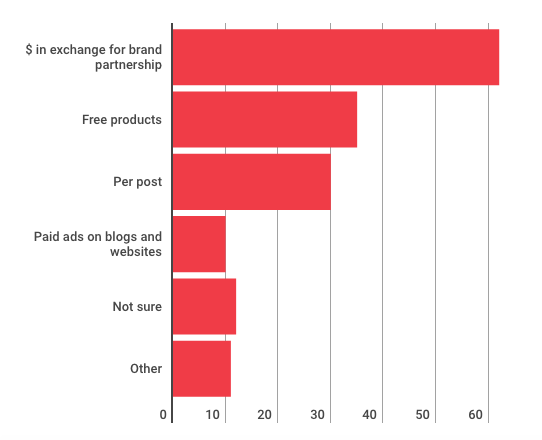
Among the companies that know how much they spend on influencer marketing, about 62 percent of them spend under $100,000 per year, according to the ANA report. Sources say pricing, however, usually depends on agencies, many of which will book influencers in bulk buys and not per client or campaign. Overall, influencer marketing costs have become more manageable. One influencer agency executive said that in the early days, she used to pay $30,000 for basic appearances or up to $100,000 for a set of five pictures. “Some of that was because there was no set standard in the industry,” she said. “That’s changed.”
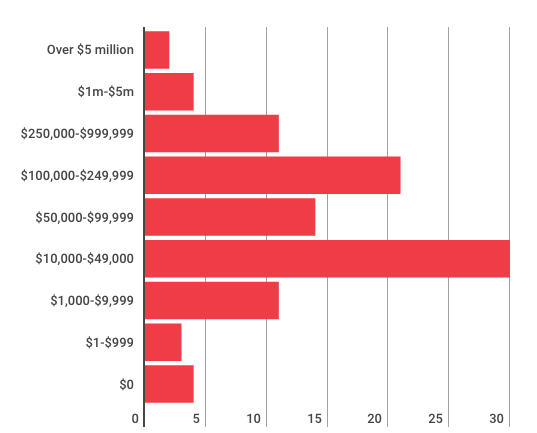
More in Marketing

Zero-click search is changing how small brands show up online — and spend
To appease the AI powers that be, brands are prioritizing things like blogs, brand content and landing pages.

More creators, less money: Creator economy expansion leaves mid-tier creators behind
As brands get pickier and budgets tighten, mid-tier creators are finding fewer deals in the booming influencer economy.

‘Still not a top tier ad platform’: Advertisers on Linda Yaccarino’s departure as CEO of X
Linda Yaccarino — the CEO who was never really in charge.






